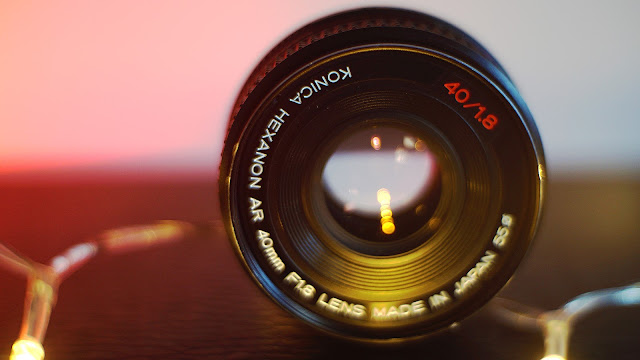A box full of stuff

We all spend too much time browsing for good deals on vintage lenses, hoping to find that one rare piece of glass in mint conditions on sale for peanuts and finally be the one who can brag about it on social media. Well, this week happened to me. Sort of. I was, as said, browsing local ads when I spotted someone selling a Zenit B and a Helios 44m-4 for 20 euros. “Decent deal”, I thought, “I could probably flip it for a bit of profit”. The seller was just 20 minutes away by car, so I reached out to him, knowing that probably the items had already been sold, especially considering that there where pictures of at least three more lenses coming for free with the camera. A few hours passed and the seller responded and we agreed on meeting the day after. I was fairly sure that they either typed 20 instead of 200, or that every lens was broken. You can understand my surprise when I finally saw the box and started sorting through and found out that, while a bit dinged and...












